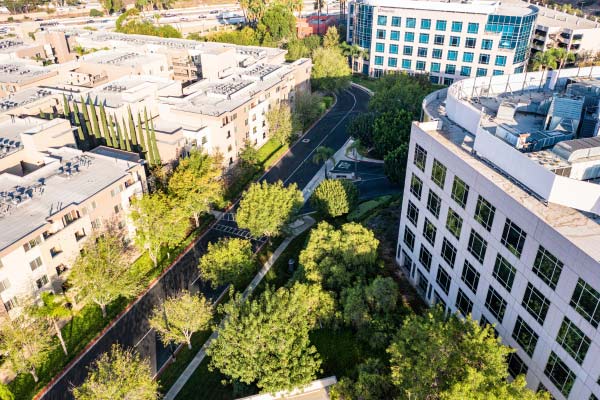- Istvan Herzak
The inexorable rise of climate change is driving the world to produce and consume responsibly. A key aspect of this transition to a more sustainable world is the introduction of green building policies.
As buildings contribute to around 40% of global carbon emissions, they are an essential aspect of the global transition to a low-carbon economy. This post delves into how green building policy could evolve in 2023.
The Relevance of Green Building Policies
Green building policies have been instrumental in driving the construction of energy-efficient, low-emission buildings. The shift to a sustainable future will require the global adoption and implementation of more stringent green building codes by governments worldwide. The use of green technologies, better insulation, and energy-efficient equipment will need to be mandated to keep the building sector’s carbon footprint on par with accepted global emissions targets.
Net-zero Energy Buildings
The concept of the net-zero energy building has been gaining traction over the last few years. These buildings are designed to generate as much energy as they consume on-site, making them energy-neutral or even energy-positive over a year. The net-zero energy concept will be critical in green building policy in 2023. Governments worldwide will need to mandate all new buildings to be net-zero energy structures, while existing buildings could be required to improve their energy efficiency to meet minimum standards and contribute to a low-carbon economy.
Health in Buildings
The COVID-19 pandemic has emphasized the importance of healthy indoor spaces. The ‘wellness’ element of green building design will become increasingly important, with buildings incorporating features such as proper ventilation, access to daylight, and biophilic design. Governments should make it mandatory for builders to assess and employ measures that contribute to indoor air quality and the occupants’ well-being.
Building Material Sustainability
The selection of building materials has a significant impact on a building’s environmental footprint. Materials contribute to a building’s energy efficiency, fire resistance, and insulation. The green building policies of 2023 could mandate the use of sustainable, low-carbon materials to lower embodied carbon emissions and reduce a building’s end of life carbon footprint.
Building Performance Monitoring
A building’s efficiency declines over time, and therefore, regular monitoring is crucial to ensure they maintain their sustainability levels. The implementation of digital tools to assist with optimizing and monitoring building performance will become essential in 2023. These tools will enable automatic reporting on equipment malfunctions and energy waste, which will allow adjustments before they become significant issues.
Green building policy is essential, and it will only become more critical in 2023. The transition to net-zero buildings will continue to be a leading trend, necessitating global adoption and implementation
of stringent green building codes. Indoor wellness and sustainable materials will increase in importance while building performance monitoring will be critical for long-term sustainability. Though achieving sustainable buildings will pose significant challenges, governments worldwide need to ensure policy implementation for a carbon-neutral future.
About PlanHub
PlanHub is the fastest-growing, cloud-based preconstruction platform that connects general contractors, subcontractors, owners, and material suppliers to build relationships and improve how they collaborate, manage their business, and win more projects,.
Created by contractors, for contractors. PlanHub is the most trusted end-to-end pre-construction platform, serving 55,000 general contractors and 350,000 subcontractors. PlanHub provides easy-to-use tools that connect construction professionals, simplify the bidding process, accelerate takeoff and find more leads, and access to in-depth market intelligence and dedicated personal service and support to help manage and grow their businesses.
PlanHub. Simplified Preconstruction for Everyone.



